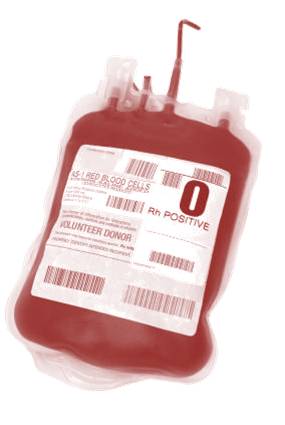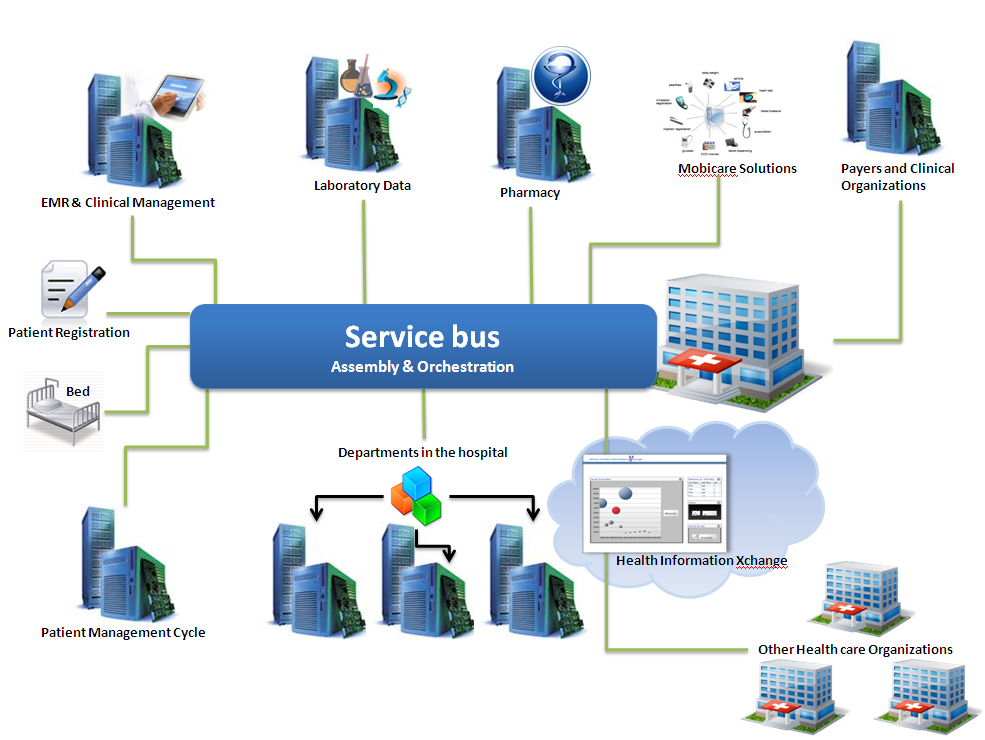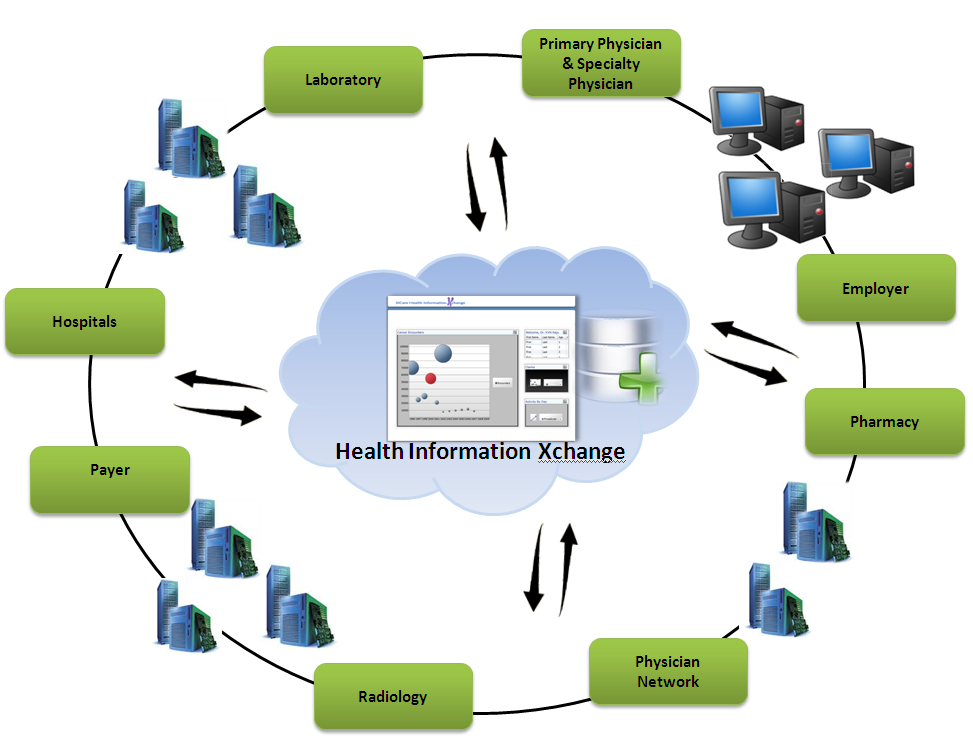Brochures
-
3iCare Suite
-
3iCare Patient Managment System
-
3iCare Picture Archiving Communication System
-
3iCare Blood Bank Management System
-
3iCare Scanned Medical Records
-
3iCare Diabetic Care
3iCare Blood Bank Management System
 3iCare
BBMS is a modular software solution that can be easily configured
to meet the diverse activities and procedures within standalone
or multi-site healthcare organisations.
3iCare
BBMS is a modular software solution that can be easily configured
to meet the diverse activities and procedures within standalone
or multi-site healthcare organisations.
3iCare Blood Bank Management System is comprehensive software for standalone and multi-site healthcare organisations. It is designed to help and manage the full cycle of blood bank activities in hospital and standalone blood bank. The software safeguards the entire process of transfusion therapy and ensures full traceability of blood units and components.
Features
- Maintain and update Unique Donor Identifications. Track and maintain all the Donor Types-Voluntary, Exchange and Directed
- Complete Key Consumables Inventory Management
- Improve the Effectiveness and efficiency of Blood Bank-Faster Response Time and Better Control
- Accurate database/Record Management
- Blood Cross Match and Result Storage Facility
- Digital Record archival backup and restoring facility-Better Housekeeping and Record Maintenance
- Rejected Donor Database for Donor Control and Identification-Blood Transfusion related disease control and prevention
- Searched Facility for Destroyed and Expired Blood
- Comprehensive Donor database with Search Facility
- Unique Donor Id and Patient record Id for managing future list
- Improve Blood Bank processes by providing efficient and continuous software support
- Comprehensive MIS Reporting and Option to save the report in user friendly PDF format
- Create a new user account & can delete or edit a User account
- 3iCare BBMS runs on several different platforms
3iCare Health Information Xchange
SOA (Service Oriented Architecture) for Health Informatics
BIT as the service provider in SOA Systems Integration, we are serious about guiding healthcare industry on "how to get SOA right". Quick time to value and implementation capability are our strengths. Our well-thought out SOA solutions provide diagnosis process flexibility, automation, and cost optimization.

SOA (Service Oriented Architecture) environment enables system assets to be accessed across the organization, providing opportunities for sharing system capabilities that are currently isolated healthcare organization that depends upon a single system across the entire enterprise to support various departmental and care delivery.
- Patient Registration
- Admit, discharge, and transfer patient
- Document problem and diagnosis
- Capture and document charges
- Creating clinical note
SOA defines a service as an independent unit of work that is self contained and has well-defined, understood capabilities. Addressing the functions with substantial redundancy like:
Beyond integration, utilization of a Service-Oriented Architecture (SOA) can enable to integrate previously siloed, redundant and inflexible information systems while rationalizing and extracting greater value from existing technology assets

Health care data integration with SOA
SOA is the next step of system evolution. It builds upon previous architecture approaches while better addressing agility and effective reuse across and outside the organization. SOA provides true interoperability. Most healthcare organizations have a large portfolio of systems with redundant processing and data. SOA allows system capabilities to be selected and packaged as services that are better focused and available across the entire organization. Organizations can shift their efforts from maintaining a complex data interface strategy to creating service-oriented applications that support interoperability while more closely aligning with healthcare processes.

 Brochures
Brochures Case Studies
Case Studies White Papers
White Papers Publications
Publications